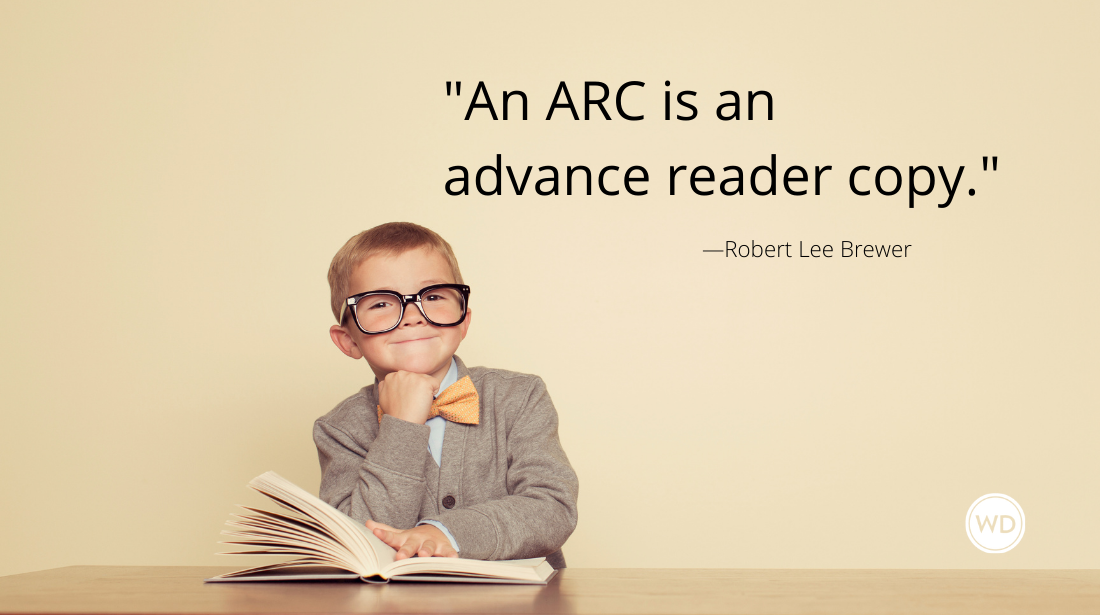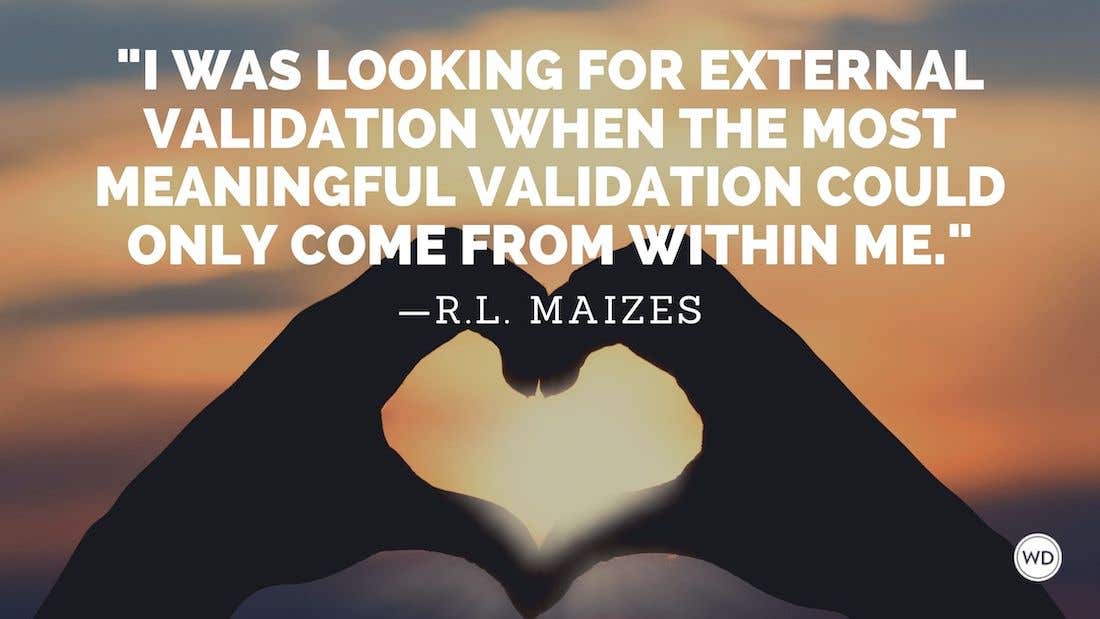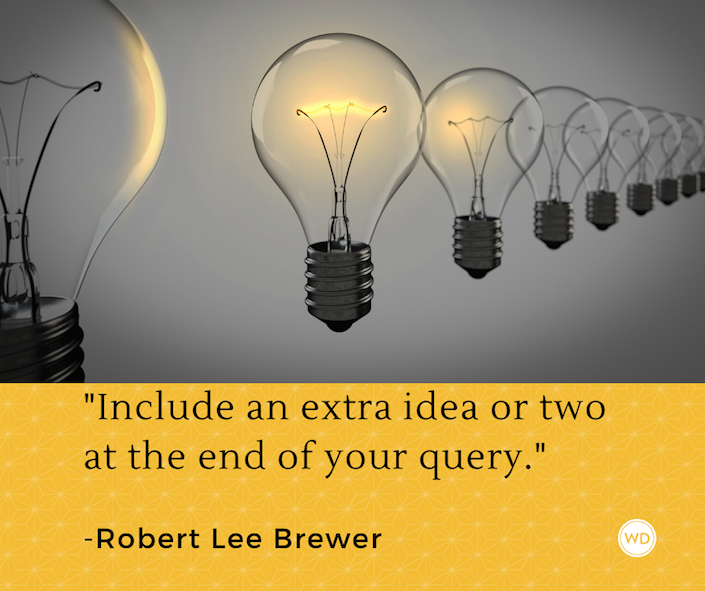Should You Write for Yourself or for the Reader?
BY KIP LANGELLO Here’s why you should be crafting your book with one specific reader in mind—and that reader isn’t who you think it is.
People who come to my writing workshops always ask me the same thing: “Should I write for myself, or for the reader?”
It’s a tricky, loaded question, but I always answer it with one of my own: “Do you want to get published and be paid for it, or are you not really concerned about other people buying and reading your book?” Most people respond that they want to get their work published, have people read and enjoy it, and make a few bucks in the process.
In which case my advice is that writing for yourself is not the answer. Let me explain.
*********************************************************************************************************************************
This article is written by Kip Langello who is a novelist and writing coach. He lives in the Boston area and is finishing up his sixth novel. You can contact him at kiplangello@hotmail.com.
*********************************************************************************************************************************
I’m not saying you should abandon your interests and style and voice. That’s why you became a writer in the first place. That’s what separates you from every other writer out there. That’s what will ultimately get you published. You just have to focus your talent in the right direction. And that’s outward.
Some people say, “Write a book that you would buy, and other people will buy it, too.” But my experience has been that very few people can truly view themselves objectively as a target reader, as a segment of an audience. It’s close to impossible.
Still, while it’s not a good idea to focus on writing only for yourself … you shouldn’t attempt the impossible feat of writing for an entire bookstore of readers, either. To better understand why (on both accounts), go to the nearest bookstore and stand next to the display of tiny novelty books near the cash register. Grab one about finding happiness, something like that. Pretend to read it. What you’re secretly going to do is watch the people in line who are buying books. They’re the people who make the publishing world go round. Listen to what they’re saying, look at what they’re wearing, try to get a sense of who they are. Observe. Absorb.
One thing will be readily apparent: The majority of them are not like you, or like one another. They’re all wildly different. And not just in the way they look and talk, but in what they choose to read.
So who do you write for, then? The agent you’re trying to sign with? The editor you want to impress? The buyer for Amazon or Barnes & Noble?
The true answer is: none of the above. I wrote nine novels. All rejected. I have dozens of letters to show for it. One telling me the characters were good but the plot was weak. Another telling me that the same plot was great but the characters were weak. But then I wrote manuscript No. 10. Published. Six-figure advance, two-book contract, even an option from Viacom for a TV movie. Novel No. 11 … published; 12, 13, 14, 15 … all published. Why? What was the difference?
Get the secrets to inviting writing into
your daily life with Living Write. It will help you
make writing a priority and
sneak it into your busy schedule.
Before writing No. 10, I asked myself who was going to read my book. I visualized one person from that proverbial bookstore line. Not me. And not a generalization of everybody else. One person. The same way I create characters when I write, I created a reader—my ideal reader. The best fit for my book, my work. I made her a woman. Thirty-four years old. She worked in the medical records department at Jackson Memorial Hospital in Miami. Her husband worked for Orkin, spraying for termites (infestations are a big problem in Florida). She and her husband were both big Dolphins fans and wore Dan Marino jerseys on the weekends. I made her a living, breathing person. And I gave her a name: Peggy. Then I sat down to write my novel. Every time I created a scene, I thought about Peggy reading it. Would she like this character? Was this joke going to make her laugh? Would this antagonist scare her? I Peggy-tested everything.
Why? Who is Peggy? Why is what she likes the one and only thing that will sell? Well, what she likes isn’t the one and only thing that will sell. But I know Peggy’s tastes inside and out, and I have learned to write for her well. Crafting a story for Peggy forced me to use a consistent voice and style, to be consistent and focused and true to a single reader, representative of a larger niche readership. And so my novel read that way—consistent, focused, true. Not self-indulgent and occasionally meandering because I wrote it thinking only of myself, and not broad and flat because I tried to write it for the reading public at large.
When a writer achieves this focus, what happens is the reader buys into the story and is not then ripped out of that reality by something that doesn’t feel right. The reader will not merely read your novel, she will enter it—and she won’t emerge until it’s over.
If Peggy accepts your reality as hers, so will other readers. Don’t dwell on winning over everyone. Even the top-selling novelists don’t. Just win over your own version of Peggy. Entertain and enlighten and move that one reader. The single-mindedness that results from this technique is what makes the difference. You’ll be able to turn down the mental noise of trying to write for everyone in that bookstore line, yourself included.
Fulfill that single person’s expectations, and you’ll have a reader for life—and, in all likelihood, the attention of an agent or an editor who can immediately see that you know exactly who your audience is.
Thanks for visiting The Writer's Dig blog. For more great writing advice, click here.
*********************************************************************************************************************************
Brian A. Klems is the online editor of Writer's Digest and author of the popular gift bookOh Boy, You're Having a Girl: A Dad's Survival Guide to Raising Daughters.
Follow Brian on Twitter: @BrianKlems
Sign up for Brian's free Writer's Digest eNewsletter: WD Newsletter









